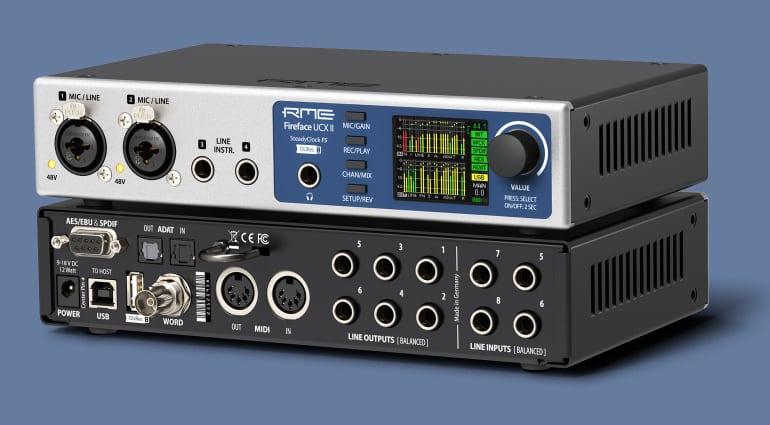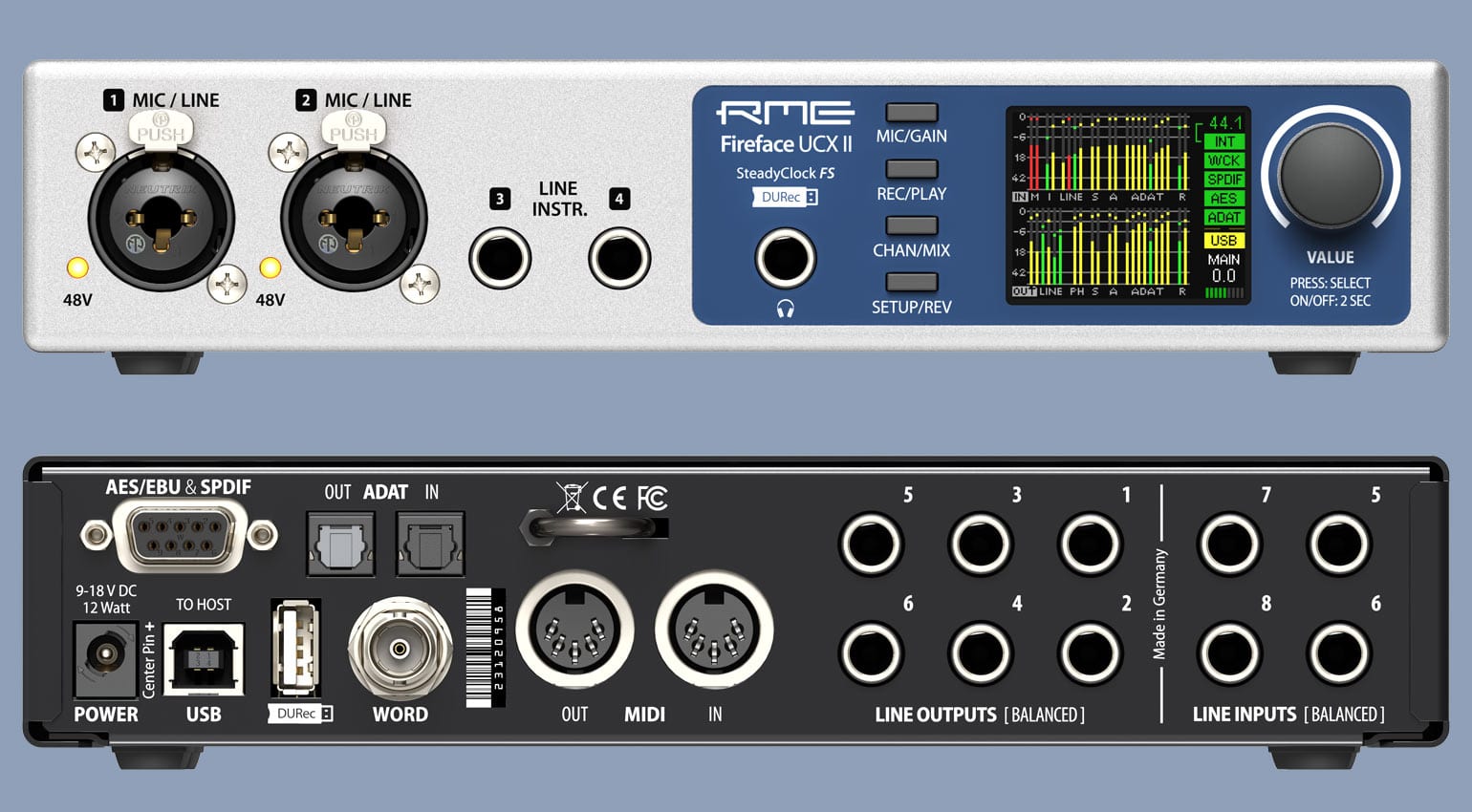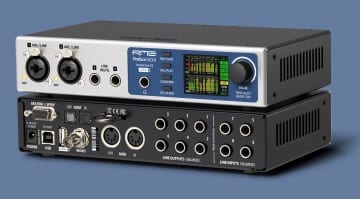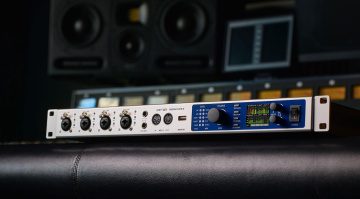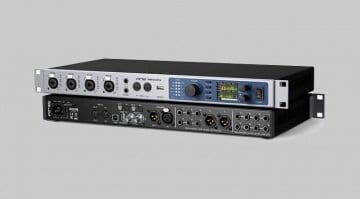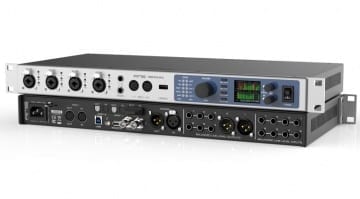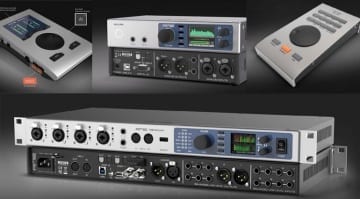RME Fireface UCX II: a well-deserved upgrade for the Fireface UCX
RME has announced the Fireface UCX II. The USB audio interface, which is being introduced just in time for RME’s 25th anniversary, comes with several significant improvements over the previous version. Among the new features: more DC-coupled outputs, SteadyClock FS, a new metering display and direct recording to a thumb drive.
RME Fireface UCX II
The RME Fireface UCX has been a staple since 2012. That the successor of the Fireface 400 is still being sold in 2021 not only goes to show that RME got a few things right during development. It’s also proof of the manufacturer’s commitment to supporting its products and keeping them up to date. Nevertheless, it was time for an upgrade, and the new RME Fireface UCX II comes with a bunch of features that could set the interface up for the next decade.
The formula hasn’t changed. Despite some cosmetic updates on the outside, the compact Fireface UCX II still looks similar to its successful predecessor. As before, the front panel offers two mic/inst/line XLR combo inputs with preamps, two line/inst inputs and a headphone output. You’ll notice, though, that the Fireface UCX II now has a high-res metering display similar to that of the Fireface UFX II, which is a great improvement over the Fireface UCX’s LEDs. The display shows all incoming and outgoing signals at the same time. Navigation should also be easier with a large volume/value knob and four buttons.
On the back, there are four additional line inputs for a total of eight analog inputs, along with six analog line outputs. All of the line outs are now DC coupled, which means that you can use them to generate control voltages for modular synths and other analog gear. On the original Fireface UCX, only the headphone output was DC coupled.
Up to 20 channels of I/O
RME has done away with the MIDI breakout cable and put the MIDI connectors directly on the back panel. You’ll have to make do with just one MIDI In and Out though, as opposed to two on the earlier Fireface UCX. The remote connector has also been axed, as it is no longer needed in times of the ARC Remote USB. Understandably, RME has also omitted the Firewire 400 port, making USB 2.0 the only means of connecting to your computer. They’ve also kept the USB-B connector instead of upgrading to USB-C.
But there’s now a second USB port, to which you can connect a USB thumb drive or hard drive for direct recording (DURec). This effectively turns the Fireface UCX II into a stand-alone field recorder, which is a great option to have. Alternatively, you can use that port for the ARC USB remote control.
Other connections include word clock, ADAT I/O and AES/EBU. The AES/EBU port also provides S/PDIF via the included breakout cable, which replaces the Fireface UCX’s RCA S/PDIF connectors. The new I/O configuration means that the RME Fireface UCX II offers up to 20 recording channels and 20 playback channels, all of which can be used simultaneously.
Internally, RME has integrated its new SteadyClock FS jitter rejection technology, which uses the same digital clock as the ADI-2 series. RME says that the new clock allows for improved AD and DA conversion and more depth and clarity.
All in all, the new RME Fireface UCX II is still distinctively a Fireface UCX. But RME has given the audio interface some very nice upgrades that bring it up to 2021 specs. Enough for the next eleven years?
Price and availability
The RME Fireface UCX II is scheduled to begin shipping in July 2021 with an RRP of GBP 1149.
More information
Video
You are currently viewing a placeholder content from YouTube. To access the actual content, click the button below. Please note that doing so will share data with third-party providers.
 5,0 / 5,0 |
5,0 / 5,0 | 